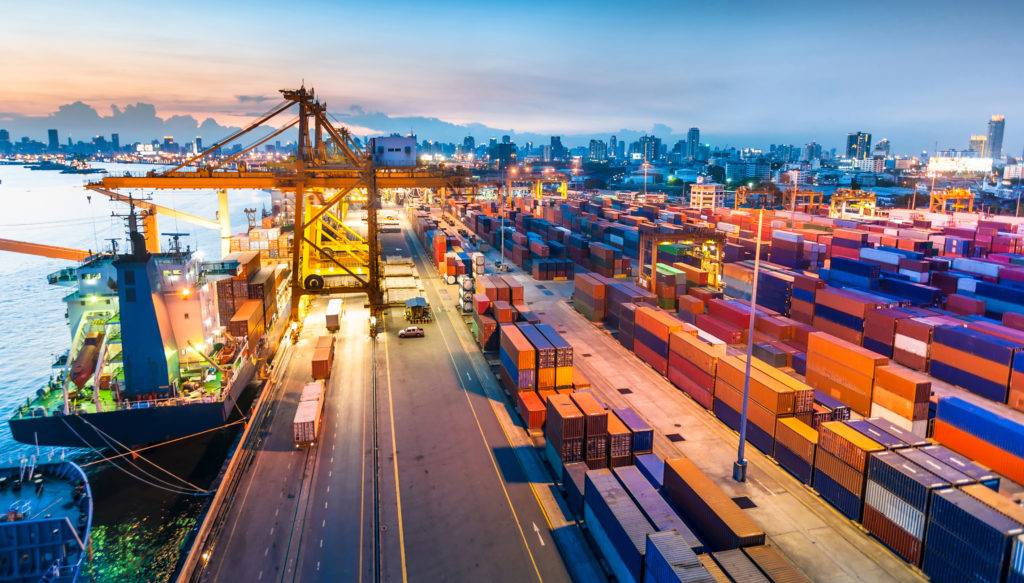In a commercial port, logistics activities may include the receipt, handling and distribution of goods, as well as their temporary storage in containers or warehouses prior to shipment. These activities can be divided into several stages, each with a crucial role in the overall logistics process.
First, there is the arrival of cargo ships at the port. Port operations include the management of ship arrivals and departures, including security inspections, docking and unloading of containers, and loading of new cargo. Containers are transported from ships at dockside by port cranes that move them to storage areas.
Then there is container handling, which can be done by forklifts or trucks that transport containers from storage areas to loading or unloading areas. This often involves coordination with ship operators, road carriers and other stakeholders to ensure that containers are transported safely and efficiently.
Finally, there is the distribution of goods, which can be done by road, rail or sea carriers, depending on the customer’s needs and cargo requirements. It may also involve coordination with customs agencies and other regulatory authorities to ensure that goods are transported in accordance with applicable laws and regulations.
Overall, port logistics is a complex process that involves the coordination of many different stakeholders. Container handling, port operations coordination, and cargo distribution activities are all interconnected and dependent on each other to ensure the efficient operation of the port and the overall cargo transportation system.
For more information, check out our blog posts!

